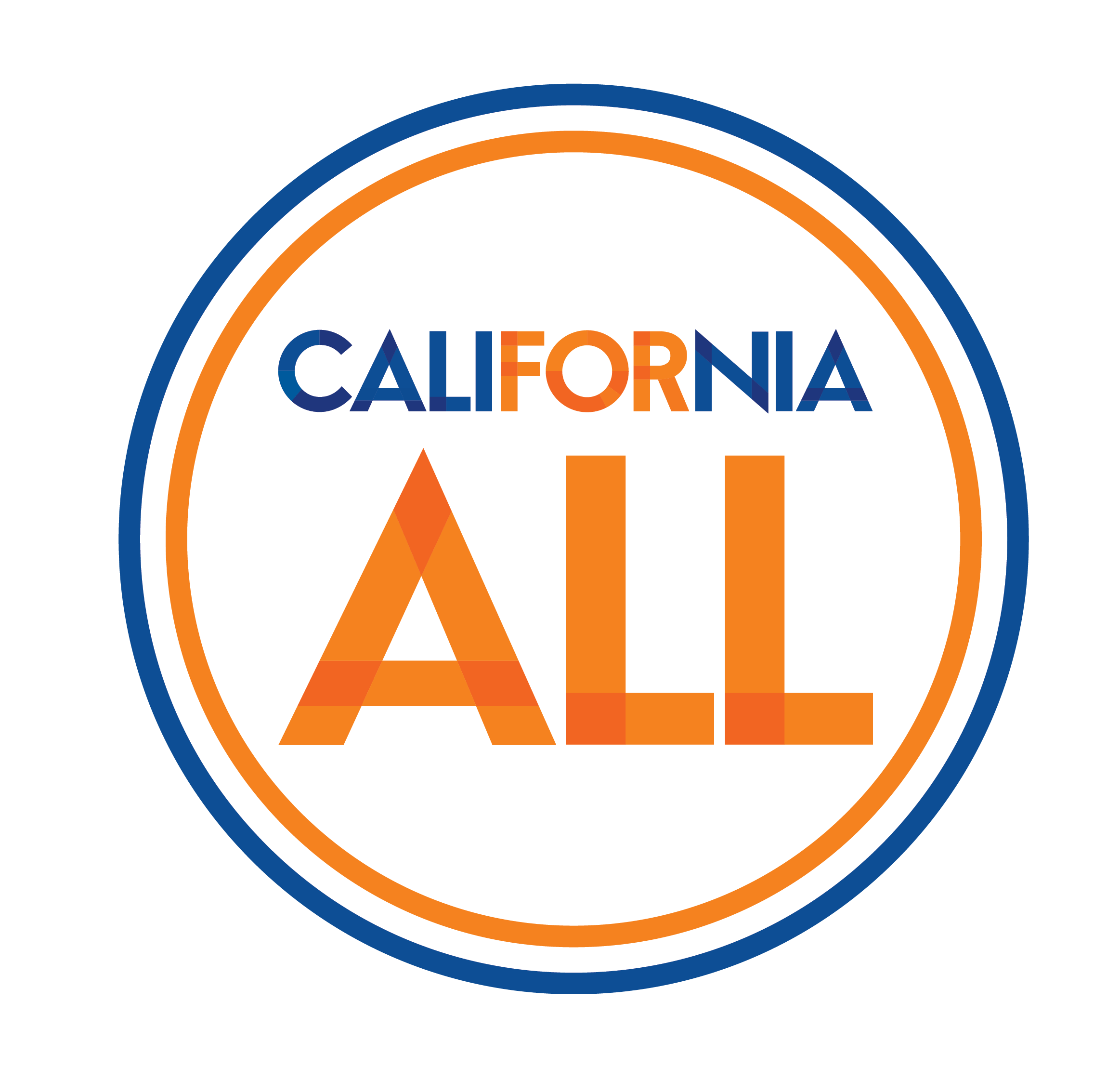Master Plan: 5 Bold Goals
Goal two for 2030
Goal two: Health Reimagined
"We will have access to the services we need to live at home in our communities and to optimize our health and quality of life."
Track our progress at the MPA Data Dashboard.
Health is a lifelong journey. To age well, from birth to 100-plus years old, all Californians need access to both health care and healthy communities across the lifespan. Tragically, the COVID-19 pandemic is laying bare the health impacts of systemic racism over a lifetime, with disproportionate deaths by Latino, Black, and Native Hawaiian and other Pacific Islander adults who are 60 and over. More than 7,700 people in these categories died of COVID-19 in 2020. Vaccine distribution centered on equity by age and by race, among other factors, is key to California’s response to the pandemic.
As we age, many adults find that the need to focus on health increases. Nearly half of all Californians will acquire one or more chronic illnesses. Nearly nine in ten older adults take at least one prescription drug, with one in four finding their costs to be unaffordable, even with insurance coverage. Older adults are also at particular risk for mental health issues, like depression. Access to health care at all ages is the foundation for healthy living and aging, and California leads the nation in health care coverage for older adults – most recently through the expansions of Medi-Cal and Covered California, California’s health exchange. Those still most at risk for not having access to comprehensive health care coverage include people with lower incomes, those living in rural areas, and those without citizenship status.
At the same time, services beyond health care are increasingly understood as essential to maintaining health and to aging well at home and in the community. For example, over half of older adults, especially women, will eventually need home care or adult day health care to assist with daily activities such as meal preparation, physical activity, and bathing. California’s In-Home Supportive Services is a national leader in this model of care.
As more Californians live longer lives, more people will seek home or community care to support optimal health and to continue to live well within homes and communities of choice. Critically, these services are often unaffordable for individuals, particularly for middle income older adults covered by Medicare only, which still largely does not cover these home and community services. To provide the care needed for optimal health and choice as we age, medical services and non-medical supports can be integrated and made accessible to people living both in home and in community. Ultimately, coordinated care between health plans and community organizations serving older adults and people with disabilities can improve lifelong health outcomes and life satisfaction.
Another byproduct of more Californians living longer is the need for more health care informed by geriatric expertise – yet only about 5 percent of providers have this training. California will need a larger health care workforce that is trained in geriatrics, including Alzheimer’s and all dementias, and is more representative of the diversity within California. Dementia’s growing impact requires urgent focus. The Governor’s Task Force on Alzheimer’s Prevention, Preparedness & Path Forward, led by the state’s former First Lady Maria Shriver, spotlighted the 690,000 Californians aged 65 and older living with Alzheimer’s Disease, a devastating illness with physical, emotional, and financial tolls that impacts not just those individuals, but also friends, families, caregivers, communities, and health systems.
For those adults requiring full-time health care, the COVID-19 pandemic has been a stark reminder of the vulnerability of Californians living and working in skilled nursing facilities (SNFs). While only 2 percent of our state’s population live in these facilities, they account for over a third of the pandemic death toll. Preliminary data suggest a significant minority of long-term care residents who died of COVID-19 in 2020 had dementia. California’s nursing homes can be national leaders in applying lessons learned and innovating new models of care for this most vulnerable population.
.png)
